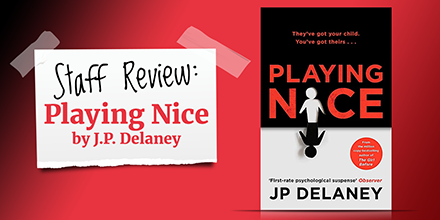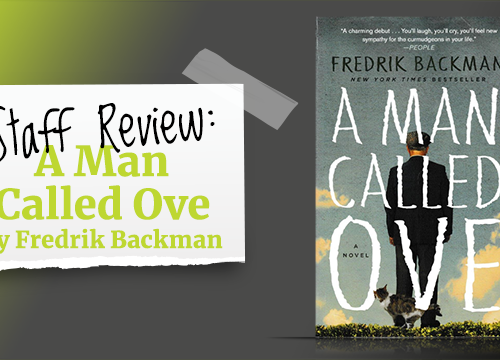By Admin
You couldn’t have failed to notice, but about two weeks ago, it snowed. For 2/3 glorious days the heavens opened and soft and fluttery snowflakes drifted down onto our upturned faces.
And then it was gone; which is generally about as much snow as we get on a yearly basis here in the UK. So it was with a melancholy mood that we picked up ‘The Snow Child’ (published August 2012) by Eowyn Ivey, and let it catch our reminiscing imagination.
Set in the 1920s, but arguably timeless, Ivey’s debut novel is set in the wild Alpine of Alaska. Jack and Mabel have left their friends and family “back-east” and settled in a remote homestead in one of the coldest and changeable climates America has to offer. The couple is isolated by their grief for their stillborn child many years previously and the lack of children thereafter, and it seems they will not survive the brutal winter. This is where the Russian fairytale inspiration comes out to play. One night in a fit of unusual energy, the middle-aged couple build a snow girl complete with beautifully chiseled features and a woolly hat and scarf. The next morning the snow girl is gone, assumed melted in the snow. However, it isn’t long after that when their lives change forever with the appearance of a sprite-like young girl, whose home is the dangerous forest, and who suspiciously despises the warmth of a well-kept fire…
This novel is, without-a-doubt, beautifully written. Using evocative and seamless language, a clear picture of the couple’s magnificent but dangerous surroundings which enfolds them but threatens to break them all at once, is built up. Jack and Mabel’s relationship is endearingly sweet and tender, made all-the-more human with the stark honesty enforced upon them by their self-imposed remote setting. Despite the fairytale nature of the story, this is a tale for adults – depicting loneliness, a sense of self and identity that comes from being a part of a family, and raw grief at losing a loved one. The couple’s new friends, the large and boisterous Benson family, bring a humour and a familial lightness of heart to the plot, pulling you back just when things seem at their bleakest, as true friends are meant to do.
If we have one criticism it’d be that Ivey rarely seems to commit to any deep-seated resolution or reflection, the story ending as though you’ve only been provided a snapshot of the character’s lives. In Mabel and Jack’s all-consuming desire to be parents, there is also an underlying message of children being the be-all and end-all for every couple, which, although it may have been the case in the 1920s, is certainly not the case in the 21st century.





No Comments